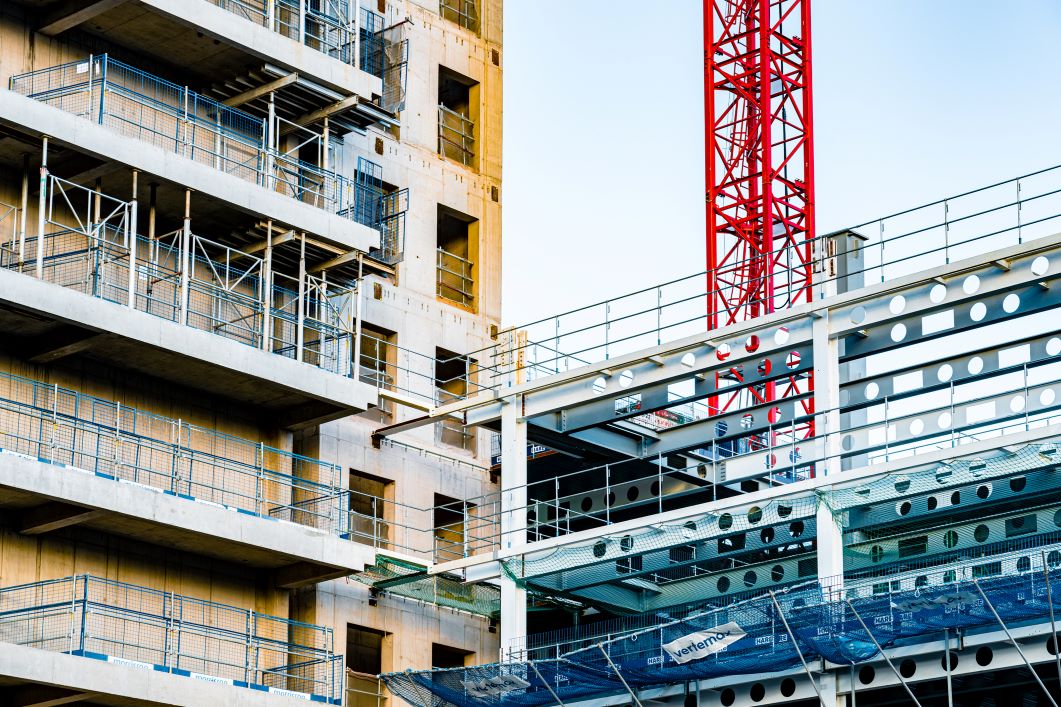Meinhardt Blog
Optimising embodied carbon in structural concrete frames
With an estimated 40% contribution to the world’s carbon emissions, the construction industry has a big challenge on its hands.

Most of the construction materials used today are inherently high in embodied carbon and the processes required to install them have a heavy carbon footprint. With an estimated 40% contribution to the world’s carbon emissions, the construction industry has a big challenge on its hands.
Can target benchmarking help?
Although there is no enforceable legislation on limits of embodied carbon in construction materials, there are now some well-known target benchmarks laid down by institutions such as LETI, RIBA and the IStructE (SCORS).
Increasingly, these and other benchmarks are being used by planning departments for early-stage carbon reduction targets. However, until enforceable targets are in place, there is a tendency to use traditional carbon-hungry construction methods and materials, as a result of being familiar, easy to source and subsequently have lower cost and less impact on the project programme.
Whilst we work as an industry to make more unfamiliar and sustainable materials and construction methods common practice, we all have a responsibility to optimise traditional design solutions wherever possible. Having a good understanding of ways to more easily reduce embodied carbon in buildings without impacting too substantially on material cost and the programme is of major importance.
Reducing material volumes, changing grid spacings, using viable alternative materials, changing form of members (ribbed slabs, flat slabs) and introducing replacement additives can all have a huge impact on a project’s carbon contribution when employed.
Providing a solution
Meinhardt has invested much time to this end, carrying out studies on all types of buildings and learning how introducing the above factors and different combinations of each can optimise the embodied carbon values.
Residential developments have previously taken up a significant part of our work. For these developments, we will have carried out our independent study into the carbon content in reinforced concrete flat slabs with different properties, which has considered variables such as concrete grade, slab thickness, the quantity of cement additive and change to slab types (i.e., flat slab and voided slabs).
Although there is information freely available from existing sources, our view is that by better understanding how each contributing variable ultimately affects the total embodied carbon, the most informed and sustainable solution can be designed. Our initial research has led to additional studies and enabled us to apply the collective results to multiple floored buildings, varying grid layouts and the associated foundation requirements, to assess and help optimise each building’s carbon content in its entirety.
With a dedicated multidisciplinary sustainability team, we have been able to keep up to date on the latest carbon-saving techniques while informing all of our colleagues on the latest updates of our studies, to give everyone the right tools to provide clients with information and valuable options to make their decisions.
By Paul Edwards. Get in touch for more details.
